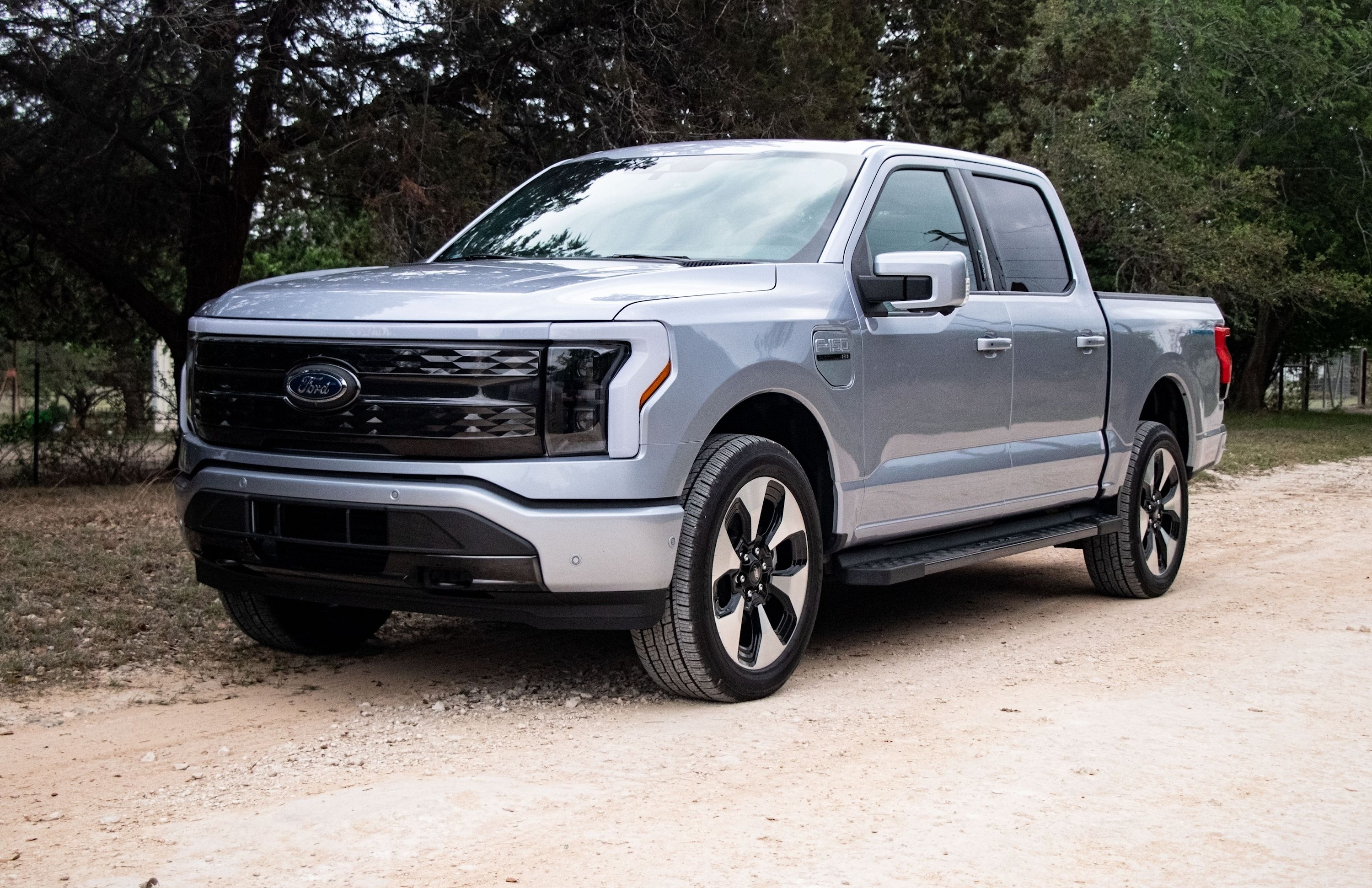
All-electric vehicles currently account for only around 1 percent of all new vehicles sales in the US. Knowing that automakers like General Motors intend to be EV-only by 2035, it's clear the industry has a lot of work ahead to convince consumers to make the big change. Unfortunately, some of those who do are unable to right now for one key reason: EVs are too expensive. With the exception of models like the aging Nissan Leaf and the recalled Chevy Bolt, new battery electrics are generally expensive.
That needs to change, according to Ford CEO Jim Farley. Speaking at a Detroit-area event last weekend, Farley said, via the Detroit News, that he's "deeply worried about the affordability."
"The average person cannot afford these vehicles and we have a lot of work to do to make them more affordable… that's the one that keeps me up at night." It should be pointed out, however, that Ford is already making sincere efforts in this regard.
The new Ford F-150 Lightning will carry an entry-level price of just under $40,000 for the commercial-focused version. The XLT begins at about $53,000, which is still pretty darn reasonable given that full-size trucks, in general, can cost upwards of $90k fully loaded. The F-150 Lightning's affordability is certainly one of the reasons why it's completely sold out in the US for its first model year with at least 150,000 orders.
Still, Farley understands most current EV buyers are not interested in small commuter vehicles but rather trucks, Mustangs (Mach-E), and utility vans like the E-Transit. "They want the best products," the executive added. Another area of concern that's still unresolved is EV production's impact on labor. Simply put, EVs cost around 30 percent less to build than combustion-engined vehicles. There'll soon be less demand for assembly line workers and groups like the UAW are gravely concerned about this. Farley further mentioned the issue of obtaining sufficient and consistent supplies of minerals like lithium and cobalt for batteries.
"We have to bring battery production here, but the supply chain has to go all the way to the mines. That's where the real cost is and people in the U.S. don't want mining in their neighborhoods," he said.
